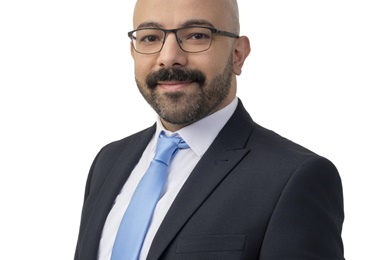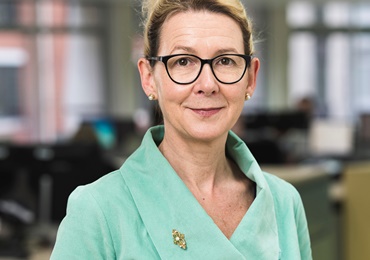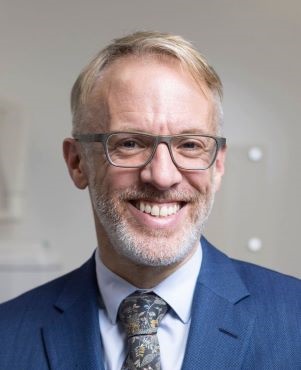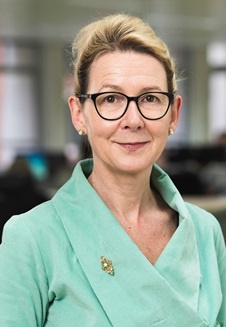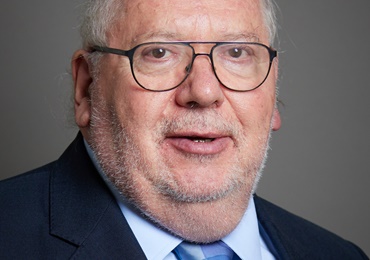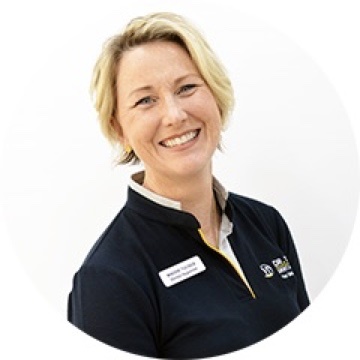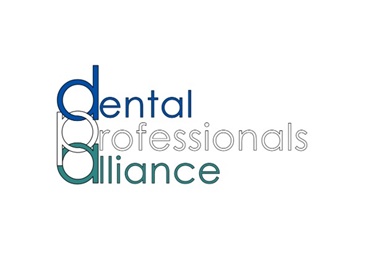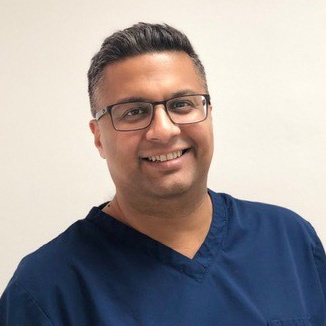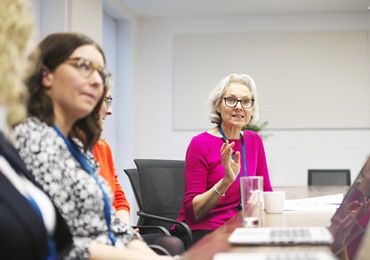Equality in dentistry
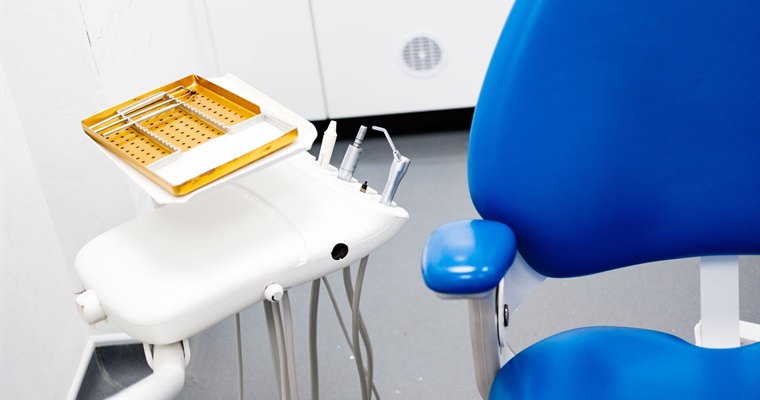
Inequalities in healthcare are not new, but they have been thrown into stark relief by the COVID-19 pandemic, for both patients and healthcare workers.
The underlying problem for patients is not that some people are somehow intrinsically more susceptible to ill health than others, but that different – and discriminatory – experiences of education, employment, housing and a host of other factors, give rise to unequal outcomes. Healthcare workers need to understand the needs and characteristics of their patients in all their rich variety and to have their own diversity respected and celebrated.
2020 has seen renewed energy and commitment to recognise and – critically – to address those inequalities. Healthcare has been a particular focus because of the pandemic and the wider health inequalities it has exposed, and earlier this year our Chair, Bill Moyes, reflected on what this means for the GDC and how we could, and should, contribute to the fight to drive out conscious and unconscious prejudice.
Since then, we have heard from several guest authors who shared their experiences and views about how inequality in our sector can impact on people of colour. They covered patient access to oral health and dental services, the experiences of students trying to access dental careers, the impact that the dearth of black leaders in dentistry has on those just starting out, the benefits of diversity in leadership, and ending with a challenging, but essentially optimistic, view of a better future.
I have learned a lot from them and am very grateful to all who have shared their experience and insights with us. But as Bill said in his post, words by themselves are not enough. We need to act, and to act in concert, for real and lasting change. We have some responsibilities as the professional regulator of dentistry, but there are also areas where our role is to support the efforts of others
Five aspects stand out in particular as areas where the GDC has an opportunity to make a difference.
Education
The first is professional education, up to and beyond the point of qualification and registration. It matters that students of all backgrounds are taught with learning materials which represent the range of characteristics of their future patients. Skin colour is an obvious one, but understanding the factors which may lead to different attitudes to oral health and different patterns of interaction with patients is important too. It also matters that those entering the professions see role models they can identify with and feel encouraged to aspire to the highest levels of achievement. Our work with dental schools and other education providers gives us a role in encouraging all that to be more prominent – and to challenge them to improve where progress is not happening.
Standards
The second relates to our standards for the dental team, not just the requirement to treat patients fairly, as individuals and without discrimination, but also the obligation to work effectively with colleagues and contribute to good teamwork. We can’t directly oversee the application of those standards, but we can emphasise their importance and support dental teams to do the right thing.
Fitness to Practise
The third relates to when things go wrong and our responsibility to ensure fairness throughout the fitness to practise process. We want to understand better why some groups are over-represented in the concerns being raised with us as well as making sure that we are providing equality of treatment through our own processes. One of the constraints on our ability to do this is the limited data we hold on the personal characteristics of people involved in fitness to practise cases. That information is provided voluntarily and a significant number of people choose not to provide it. It would help enormously if more dental professionals were willing to share that information with us so that we can better identify and understand where conscious and unconscious bias may be occurring - so I strongly urge dental professionals to share this with us through eGDC.
The power of research
The fourth is to contribute to a better understanding of the issues affecting patients and professionals across ethnicity and other diversity characteristics through our research programme. At the beginning of this year, Council approved a plan to ensure that all of our research is designed to maximise our ability to separate out results for different groups, and that approach will be apparent in the research we will soon be publishing looking at the impact of the pandemic on dentistry for both patients and professionals. We will draw on the results of that research to inform our own thinking, but I hope it will prove a rich resource for others to draw on too.
Diversity at the GDC
Finally, we need to be alive to discrimination and inequality within our own organisation. Ethnic diversity is reasonable for the GDC as a whole but, like many organisations, ours gets whiter at more senior levels and we have more to do to foster and maintain a culture of inclusion and belonging. That’s important in its own right, but building a more diverse organisation will also help us be more innovative and creative, more empathetic, and less vulnerable to damaging ‘groupthink’.
All five of these support the most important obligation for all of us involved in dental healthcare, which is to ensure the health and wellbeing of dental patients and the wider public, regardless of their ethnic background or other characteristics.
We are bringing together the GDC’s contribution in our Equality, Diversity and Inclusion strategy which is currently being strengthened and updated. We will have more to share about that in the near future, when I look forward to discussing the challenges we all face and our shared commitment to addressing them.
 eGDC
eGDC